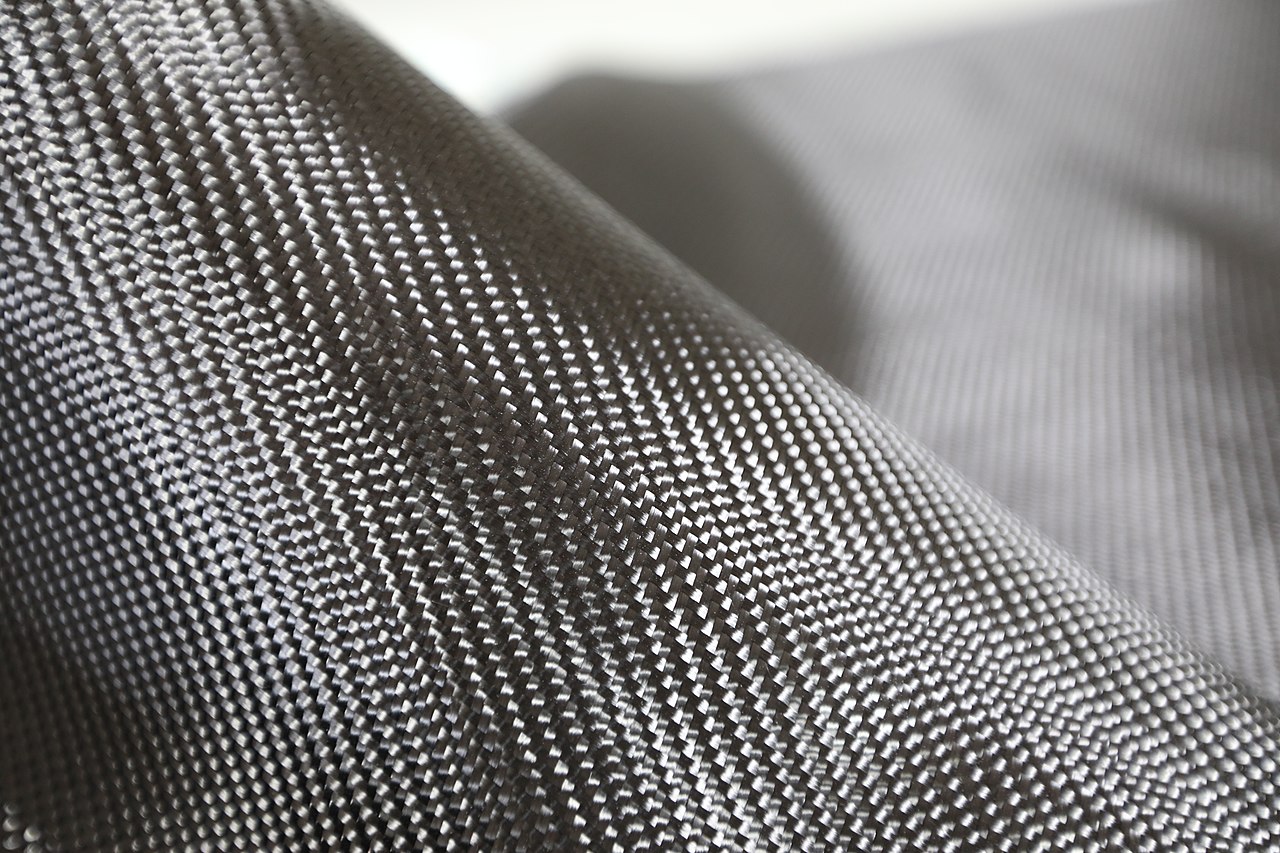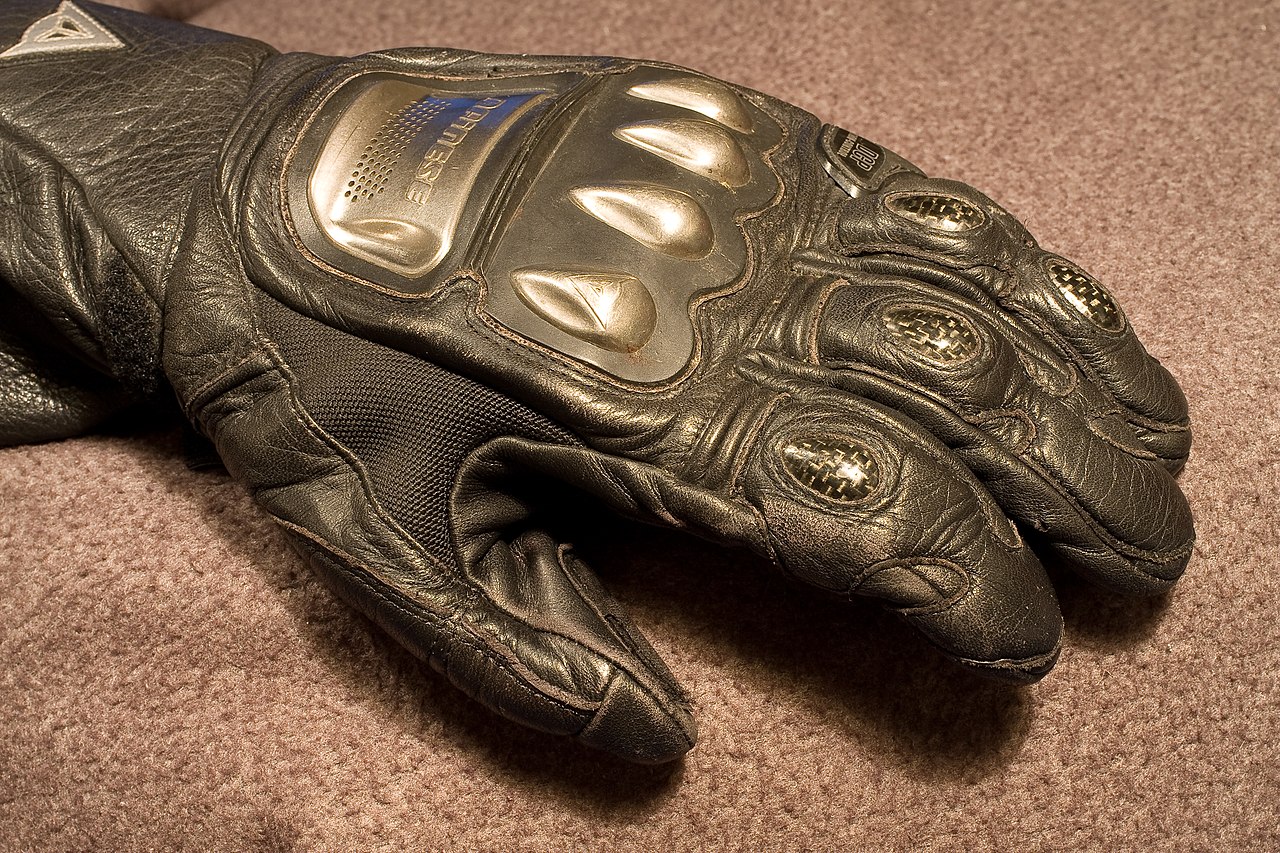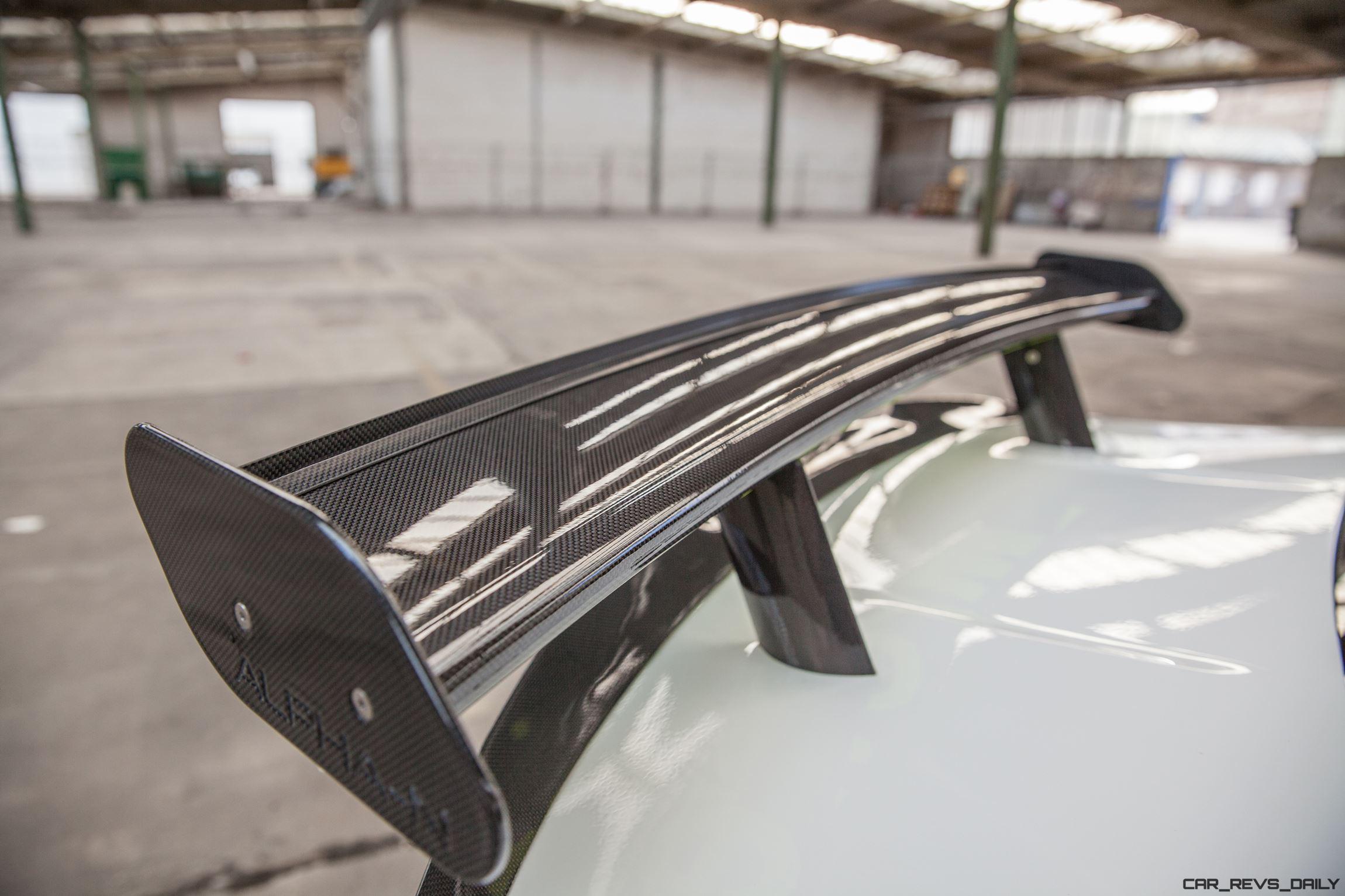Automakers and carbon fiber are a relationship that goes hand in hand with many companies using carbon fiber to not only lighten the weight of certain vehicles but also improve their styling with the material allowing automakers to fashion body panels with angles not possible in traditional steel or aluminum materials.
But if the European Union has its way, carbon fiber would be deemed a hazardous material with the potential move having the risk of catching nearly the entire automotive industry off-guard and forcing them to change product plans due to it being banned in consumer goods.
New amendment puts carbon fiber in the spotlight

A proposed amendment drafted by the European Parliament is attempting to put carbon fiber in the same hazardous category as lead, cadmium, mercury, and hexavolent chromium with all of these materials still being used in certain aspects of automotive and aeronautical manufacturing. With these particular chemicals having proven to be so dangerous for humans and the environment, why is the EU pushing to move carbon fiber into this same category?

The answer lies in the way the carbon fiber is made, with a core component of the material being special filaments that are woven in to help give it structural strength. According to the EU, these filaments can become airborne in certain situations and can be harmful to human skin if they make contact. This could occur in the manufacturing process or even if the material is damaged in an accident with extreme crash forces causing the filaments to become airborne. This is also a historic moment with the EU being the first governmental entity in the world to identify carbon fiber as a hazardous material after decades of it flying below the radar of awareness with the first carbon fibers being produced in 1860 by Joseph Swan for use in lightbulbs before development of the material accelerated in the 1960s.
Automakers and other industries could be thrown for a loop

If the EU’s plans take effect, automakers would have to ween themselves off carbon fiber, with the measure expected to take effect in 2029 if passed. The auto sector accounts for 20 percent of carbon fiber used but despite the advances in automobiles, carbon fiber is still largely relegated to performance vehicles and other bespoke high-end vehicles due to how expensive the material is to create and use.
As expected, the news was not received well by carbon fiber manufacturers with Japan’s carbon fiber-producing entities seeing their stocks cratering following the EU’s bold announcement. Such a move would also have massive ramifications for jobs and the local economy with Teijin, Toray Industries, and Mitsubishi Chemical accounting for 54 percent of the entire carbon fiber manufacturing market globally with Europe playing cleanup duty.

Sports car manufacturers and supercar makers would take on the brunt of the damage with many of these firms using extensive amounts of carbon fiber in the construction of their vehicles with some even making the entire body out of carbon fiber. Redesigning their products to be carbon fiber-free would be easier said than done since some aspects of the design take into account the unique properties carbon fiber has when it comes to creating certain angles and body shapes. This would mean pricey revamps and some vehicles would be forced to end production with the same results occurring in the aircraft industry.
In addition to these firms, EV makers will also feel the pressure with companies like Tesla, Lucid, BMW, and Hyundai using carbon fiber in the creation of their EVs to help lighten their curb weight. Carbon fiber is used in other goods including apparel and certain toys with these products potentially facing similar scrutiny if the EU chooses to expand the proposed ban beyond the auto industry.
With the carbon fiber industry generating $5.5 billion in 2024, the EU’s ambitious amendment will face a unified front of opposition from the aeronautic and automotive industries as the EU Parliament continues to iron out the details behind the scenes.

Carl Malek has been an automotive journalist for over 10 years. First starting out as a freelance photographer before making the transition to writing during college, his work has appeared on numerous automotive forums as well as websites such as Autoshopper.com.
Carl is also a big fan of British vehicles with the bulk of his devotion going to the Morgan Motor Company as well as offerings from Lotus, MG, and Caterham. When he is not writing about automobiles, Carl enjoys spending time with his family and friends in the Metro Detroit area, as well as spending time with his adorable pets.

